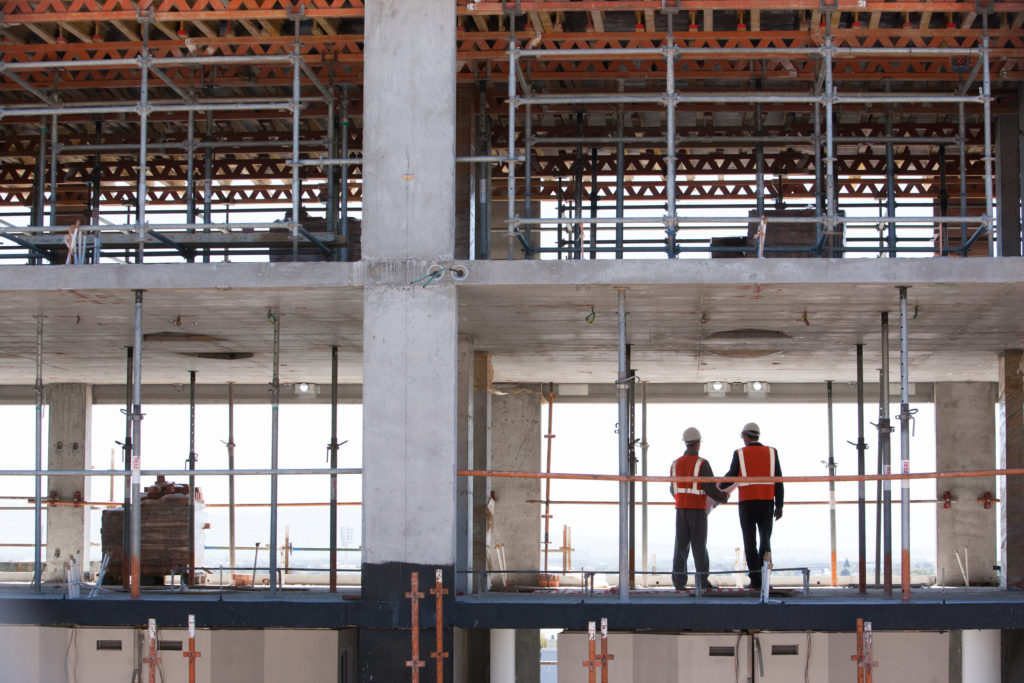Key Points:
- The Australian economy is faring better than initially feared, with employment down 1.1% from its peak and the unemployment rate settling at 6.8%.
- Australia’s recovery has been concentrated in part-time and casual work, with full-time job creation lagging.
- The end of federal JobKeeper and JobSeeker payments represents a key challenge for the Australian economy.
In 2020, Australia grappled with its first recession in three decades, triggered by a worldwide pandemic. Yet the nation found itself equal to the unprecedented health and economic crisis. Few countries managed COVID-19 so successfully and that, more than anything, puts Australia in a solid position heading into next year.
Although the Australian economy has come back substantially from its low point in autumn and enters 2021 in better shape than expected, it is still much weaker than at any time since our last recession in the early 1990s. In early May, the Reserve Bank of Australia forecast that employment would decline 7% over the course of the year, with an unemployment rate of 9%. We easily exceeded those estimates. Employment fell a relatively moderate 0.6% over the year and the unemployment rate settled at 6.8%.
Nevertheless, next year promises to be challenging. A lot hinges on the course of COVID-19 globally, particularly whether a vaccine can jumpstart a global recovery. Australia finishes the year with a smaller economy than it started with and an unemployment rate higher than anything we’ve consistently seen in the 21st century. The economy is once again creating jobs, but only one-quarter of the employment gains have been full-time.
Several major developments are likely to shape Australia’s labour market in 2021. These include the ongoing economic recovery, the mix of part-time and full-time job creation, the prospects for young people and policy changes that may influence hiring next year.
The recruitment gap has closed
Australian hiring fell sharply early in the crisis, but recruitment recently caught up with and surpassed last year’s trend. That’s true in both Victoria and the rest of the country. Victorian recruitment fell noticeably during the second lockdown from July through to November. But hiring improved considerably once restrictions were lifted.
In the week ended Dec. 11, job postings on Indeed for Victoria were tracking 8.5% above last year’s trend, while in the rest of Australia they were 8.0% above trend. Such a stunning turnaround over a short period leaves Australia well-positioned entering 2021. Recruitment recently has been buoyed by higher than normal Christmas hiring, pointing to optimism around retail and hospitality.
Other countries have not done as well. Job postings on Indeed’s sites in the US and the UK are 11% and 37% respectively below their trends at the same point last year. Closer to home, New Zealand job postings are still tracking 3.7% below trend.
A recession like no other
The COVID-19 recession was unique both in terms of the steepness of the economic decline and the rapidity of the resurgence — a true V-shaped recovery. The bounceback reflects the widespread reopening of the economy and unprecedented fiscal support extended by the government.
By May, Australian employment had fallen 6.7% from its peak in February, with job losses greatly outpacing any previous recession. But, as restrictions ended, conditions improved swiftly, bringing employment up to 1.1% below pre-crisis levels. It is distinctly possible that employment will return to its peak next year. For reference, it took four years for employment to get back to its peak in the recession of the early 1990s and two years in the early 1980s recession.
A recovery led by part-time jobs
While Australia’s jobs recovery has been impressive, there is one important caveat. Almost all the gains are in part-time or casual roles. Part-time employment in Australia is now above pre-crisis levels, recouping all the jobs lost from March to May. By comparison, full-time employment is still down 1.8%. Full-time positions account for just one-quarter of employment gains since May.
The strength of part-time jobs compared with full-time ones may reflect several factors. First, a change in hiring preferences toward part-time or casual workers sometimes occurs in recessions and downturns. Second, employers often cut hours of current employees when business is weak, moving some from full-time to part-time status.
Full-time employment is an important sign of an economy’s health, declining in a recession and performing strongly when the economy is operating at full steam. It will be a measure to keep an eye on next year.
Youth unemployment a clear concern
Australian youth have suffered the most in the recession, as they did in the early 1990s and the global financial crisis of the late 2000s. In October, employment among Australian youth 15-24 was 4.4% below its level in March. That’s a stark improvement from the 17% decline by May, but still represents the largest drop of any age group. In contrast, employment among those 25-34 had fallen 2.3% from its March level. Other age groups registered even smaller losses. And, for those over 55, employment is actually higher today than before the crisis.
The impact of a downturn or recession tends to linger for younger people. In the global financial crisis, it took ten years for youth employment to return to its level before the downturn, far longer than the eight months it took for overall employment to get back.
Attitudes regarding work versus school have shifted in recent decades, with a larger share of young people pursuing higher education. In particular, many of them may see a weak economy as an opportunity to further their schooling, contributing to slower recovery of youth employment following a recession or downturn.
For this reason and others, labour market conditions for younger people will probably remain oppressive in 2021 and beyond. Hence, the recently announced JobMaker scheme, which provides a $200 a week hiring credit for workers 16-29 and a $100 a week credit for workers 30-35, could become an important pathway for young people to return to work.
Australia’s economy will remain challenging in 2021
While the economy is certainly headed in the right direction, Australia still faces a difficult economic environment throughout 2021. The first big challenge arrives at the end of March when JobKeeper and JobSeeker payments end. Those two programs, more than anything else, have kept the Australian economy afloat during the COVID-19 crisis.
The JobKeeper payments allowed at least 700,000 people, around 5.3% of the pre-crisis workforce, to remain employed, according to recent Reserve Bank of Australia research. The program also helped fuel record profitability across the business sector.
JobSeeker payments have supported the unemployed throughout the crisis. While the business community is relatively well-placed to manage the removal of JobKeeper, the unemployment rate is still considerably above normal levels. That means a sizable share of the population will shift from the higher JobSeeker payments to the more meager NewStart allowance.
Households are already cautious, saving around 19% of household income, suggesting people are concerned about the economic and jobs outlook. In 2019, the savings rate was far lower, around 5% on average. A blow to household incomes like the end of the JobSeeker program could contribute to slower growth in household consumption, particularly toward the lower end of the income spectrum. That could be a significant drag on economic growth because household consumption represents around 53% of the Australian economy.
Yet we shouldn’t underestimate the progress already made. The economy is recovering faster than policymakers expected and the rapid improvement in recruitment is an encouraging sign. The coming year will be pivotal for the Australian economy. It’s fair to say that, despite some ongoing concerns, the country is well-placed to thrive as COVID-19 is tamed globally.
Methodology
To measure the trends in job postings, we calculated the 7-day moving average of the number of AU job postings on Indeed. We index each day’s 7-day moving average to 1 Feb for that year (1 Feb, 2020 = 100 for 2020 data, and so on), or another date if specified on the chart.
We report how the trend in job postings this year differs from last year, in order to focus on the recent changes in labour market conditions due to COVID-19. For example: if job postings for a country increased 5% from 1 February, 2019, to 28 March, 2019, but fell 25% from 1 February, 2020, to 28 March, 2020, then the index would have risen from 100 to 105 in 2019 and fallen 100 to 75 in 2020. The year-to-date trend in job postings would therefore be down 29% on 28 March (75 is 29% below 105) in 2020 relative to 2019. Information based on publicly available information on the Indeed AU website, limited to Australia, is not a projection of future events, and includes both paid and unpaid job solicitations.
Other measures in this post are derived from Australian Bureau of Statistics data.






